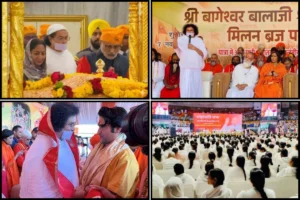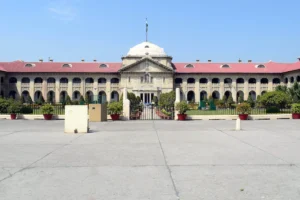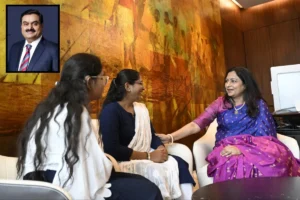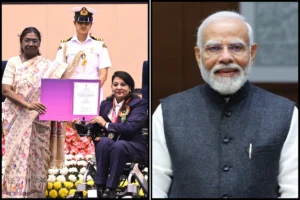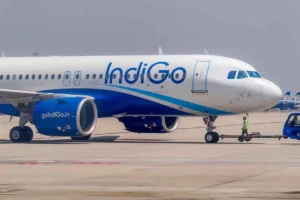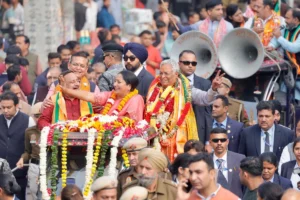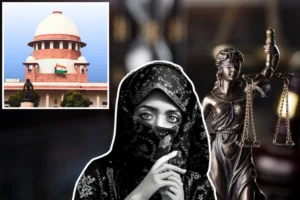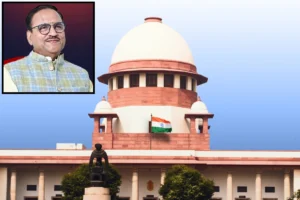
Prime Minister Narendra Modi’s state visit to the US has dominated global headlines this week. The tour undoubtedly ranks among the most successful US trips by any Indian leader. PM Modi is the first Indian Prime Minister to address the US Congress twice, having done so in 2016 as well. While his illustrious predecessors, such as Jawaharlal Nehru, Indira Gandhi, and Manmohan Singh, were global figures in their own right, they did not have the same privilege. Manmohan Singh was the first Indian premier to be invited as a state guest by the US under the Obama administration.
The pomp and glory accorded to the Indian Prime Minister during the visit was indeed unprecedented in the history of independent India. The rousing welcome he received at the US Congress, and the way lawmakers across the political divide lined up to greet Modi, speaks volumes about India’s rising status in the global arena. It was a fan moment for many Congressmen who jostled to take PM Modi’s autograph and click a selfie as a lifelong memory. Modi’s address to the Congress, studded with 15 standing ovations and about 80 applause, declared the ushering of a new era in India-US relations. Narendra Modi became only the third global leader, after French President Emmanuel Macron and his South Korean counterpart Yoon Suk Yeol, to be invited for a state dinner at the White House by the Biden administration.
All previous US tours by Indian Prime Ministers were marked by a long list of Indian demands. In fact, New Delhi’s expectations always used to be higher than those of the US on all such occasions, including PM Narendra Modi’s 2016 US visit. However, this seems to have changed now as the US stands to gain more than India from the visit. The ongoing Ukraine war, the looming threat of the rising dragon, and pressures of domestic politics are some of the reasons for this reversal, but it is nevertheless a new chapter in India-US bilateral relations.
It is no wonder, then, that the visit resulted in many landmark agreements in the fields of defense, trade, science, and technology. Both countries agreed to increase the number of consulates on each other’s soil, the inclusion of India into the Minerals Security Partnership (MSP), the US investment worth $ 825 million in establishing a chip assembly unit in Gujarat and the launching a joint space mission between ISRO and NASA.
The declaration of easing the renewal process of the H-1B visa was another positive outcome of Modi’s visit. However, nothing caught global attention more than the high-profile defense deals, including the sale of MQ-9B SeaGuardian Predator drones to India and the joint production of GE jet engines. The jet engine deal would not only provide cutting-edge technology to India but also likely enhance the potency of indigenous Tejas fighter jets. Notably, the US has not shared this jet engine technology even with its closest strategic allies.
Both sides have equally emphasized prioritizing commercial relations. The bilateral trade volume has doubled since 2014, crossing $121 billion. Trade and investment between the world’s most important democracies have the potential to fuel global economic growth.
PM Modi also effectively addressed aspersions on his government’s democratic record. In response to a related question from a Wall Street Journal journalist, PM clarified that there was no discrimination in Indian democracy based on caste, creed, or religion. He further stated, “Our government has proven that democracy can deliver, regardless of caste, creed, religion, and gender.” His mantra of ‘sabka saath, sabka vikas, sabka vishwas, sabka prayas’ (together, for everyone’s growth, with everyone’s trust and everyone’s efforts) can serve as inspiration for other diverse democracies worldwide. PM Modi reiterated his globally famous retort that this is not an era of war during his speech at the US Congress. This would allay some of the US concerns regarding India’s stance on the Ukraine war and further underline the Modi government’s commitment to democracy.
This positive messaging, along with transformative and concrete outcomes across various fields, makes Modi’s trip a grand success. The resolve and ambition shown by both governments will go a long way in strengthening mutual strategic interests. The visit has removed all doubts that the India-US partnership is here to stay. The fact that three of President Joe Biden’s most trusted officials—National Security Advisor Jack Sullivan, Secretary of State Anthony Blinken, and Secretary of Defense Lloyd Austin—visited Delhi prior to PM Modi’s trip is an indication of the White House’s keenness to ensure the success of this tour. Substantial deals worth $500 million in the defense, minerals, and technology sectors acted as a sweetener, and the state dinner hosted by the POTUS and the First Lady was like icing on the cake. Analysts believe part of the reason for this intense courtship on the part of the US is India’s neutral stance on Ukraine.
India, under PM Modi, has become indispensable for the US’ continued relevance in Asia and deterring China’s expansionist designs. The Biden administration has made no secret of India’s pivotal status in its Indo-Pacific strategy. The buzz around Secretary of State Anthony Blinken’s China visit in the US media was completely overshadowed by PM Modi’s visit. It is now clear that America sees India as a shield against the China threat.
PM Modi aptly summarized the futuristic vision of India-US relations by redefining the acronym AI as “America and India.” This AI holds no less promise of transforming the world than the original AI—artificial intelligence. The world has accepted that its future is closely entwined with that of India.









